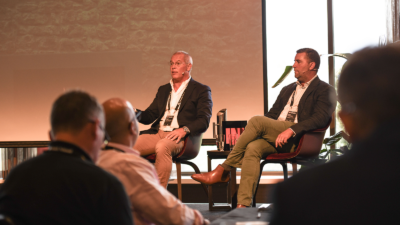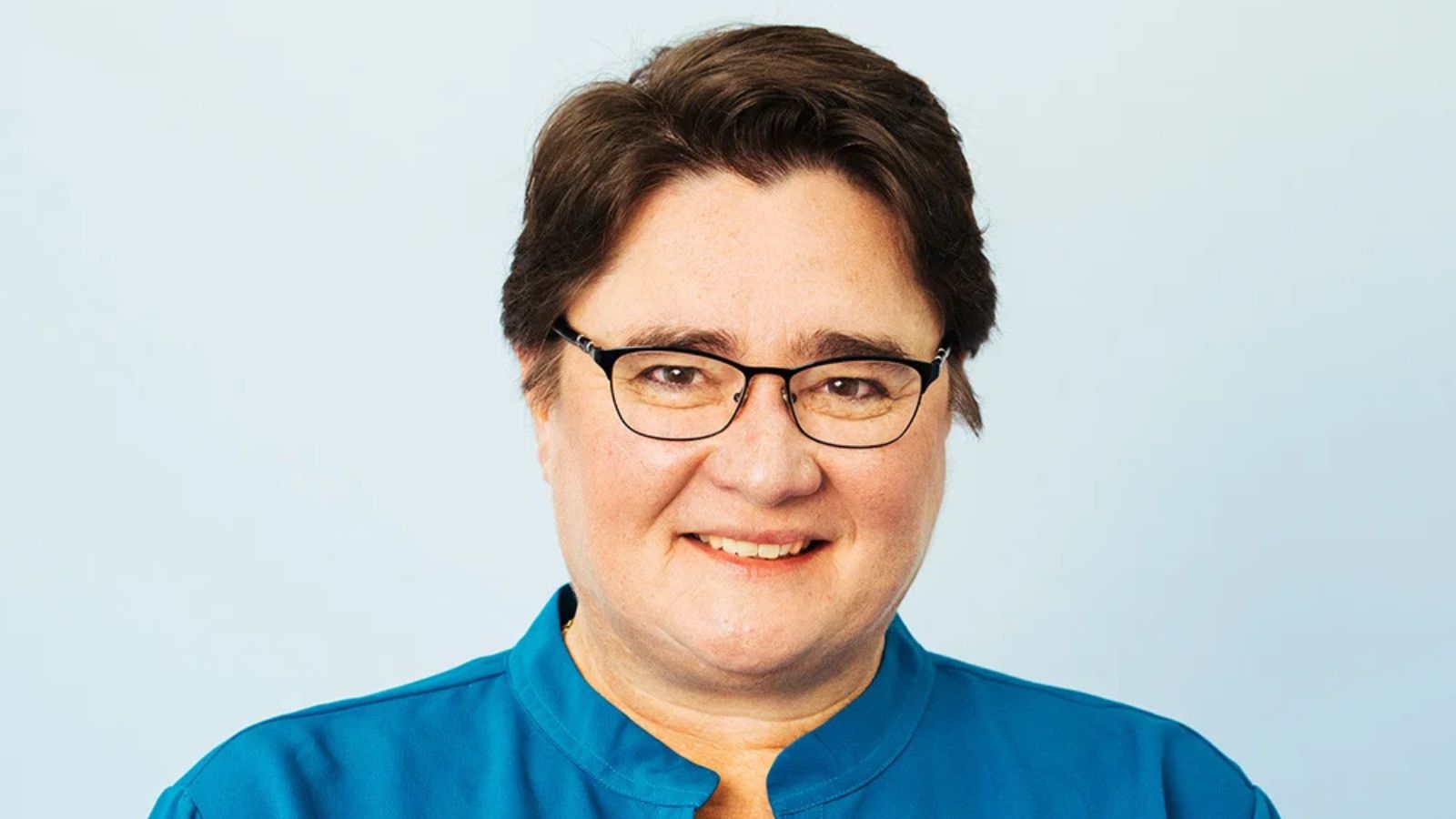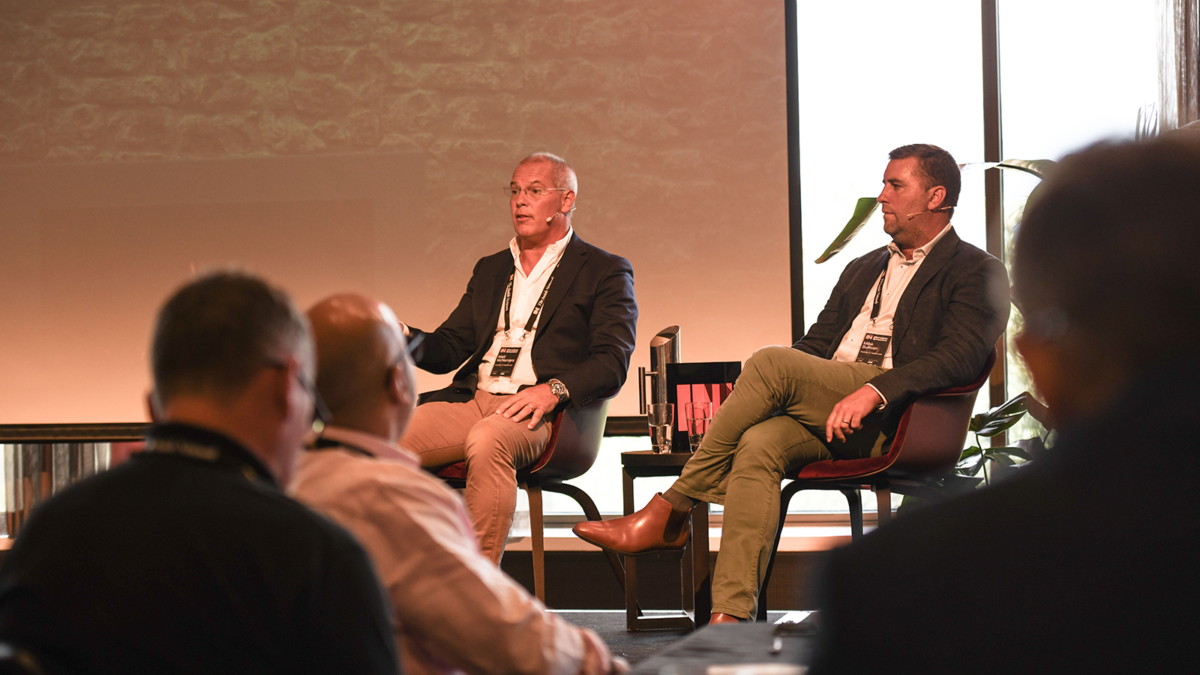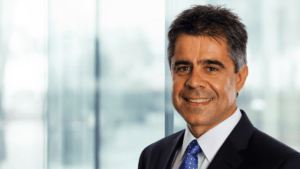SMSF sector’s ‘rude health’ has the setting to get even ruder, conference told
SMSF specialist advisers must have been pinching themselves at last week’s SMSF Association’s National Conference Thought Leadership Breakfast, on hearing industry doyens tell how their superannuation sector was in “rude health.”
Association CEO Peter Burgess and Heffron Consulting managing director Meg Heffron, two of the most respected people in the sector, waxed lyrical about its strengths and why it heralded such a promising future for SMSFs – and the advisers who service many of the more than 620,000 funds.
And what they didn’t say was just as important – APRA-regulated funds, especially of the industry variety, are struggling to come to grips with the growing number of their members who are sliding into retirement and want a far more personalised service.
Drawing attention to the APRA funds’ woes – and its obvious spin-off benefits for the SMSF sector – is not something they do, at least publicly.
But Burgess and Heffron did not have an issue lauding the sector’s achievements, with the former highlighting how fund establishment numbers were up, especially among younger people, and the reaching of the $1 trillion in funds under management (FUM) milestone late last year.
Burgess also cited the latest research by the University of Adelaide that had SMSFs outperforming the APRA funds by 1.2 per cent a year, in the five years to 30 June 2023.
Although SMSFs dropped the ball in 2022-23 and underperformed the APRA funds – largely because of higher returns in overseas equity markets (especially the US) compared with SMSFs’ heavily ASX-weighted portfolios – it’s the five-year number that would have caught the advisers’ attention, given they appreciate better than most that super is a long-term game.
Burgess said it just wasn’t the raw establishment or FUM numbers that should have advisers cock-a-hoop.
“Those traditional hallmarks of our sector, flexibility and control, are asserting themselves as evidenced by those nearing or in early retirement wanting a more tailored superannuation experience,” said. “In addition, technology is making it easier to set up and manage a fund, helping explain their growing appeal to a younger demographic.”
Heffron said that while establishment numbers were a good indicator of the sector’s heath, so too were wind-ups.
“A high wind-up rate for newly established funds suggests buyer remorse or scams. But the trend in recent years has been falling wind-up rates and the age of the fund at wind-up time has been getting older.
“While it will be several years before we have reliable statistics because there’s always a lag regarding wind-ups but based on what the numbers are telling us now, they’re trending down despite the growth in funds,” she said.
Heffron also drew attention to another interesting phenomenon – the sector’s ongoing growth was mostly coming directly from trustees.
“With advisers reluctant to recommend and accountants locked out, I suspect trustees are doing their own research and finding their own way to an SMSF.
“While I would always say that the best approach for an SMSF to optimise their superannuation is in partnership with an adviser, I don’t think we should underestimate the research some people do before concluding an SMSF is their best option, and then bringing in an adviser at a later stage.”
In making this point, Heffron was focusing on what’s a critical issue for advisers – the growing number of SMSFs opting to go it alone. While SMSF specialist advisers are having no problem filling in their working days, a trend that sees more trustees taking full responsibility for the running of their fund must be disconcerting for the long-term growth of their industry.
It’s not the only problem they face. As Burgess told the breakfast: “It would be wrong to assume everything is perfect in our world.”
“The number of disqualified trustees, although appearing to stabilise, remains high; illegal early access remains a problem; and there are still too many instances of inappropriate SMSF advice, as evidenced by the Compensation Scheme of Last Resort (CSLR) claims.”
“These are issues that can’t be resolved by the SMSF sector working alone. We’re now a significant and important part of the financial services industry, so all the industry, as well as Government and the regulators, need to work together to achieve the optimal outcome,” he said.










